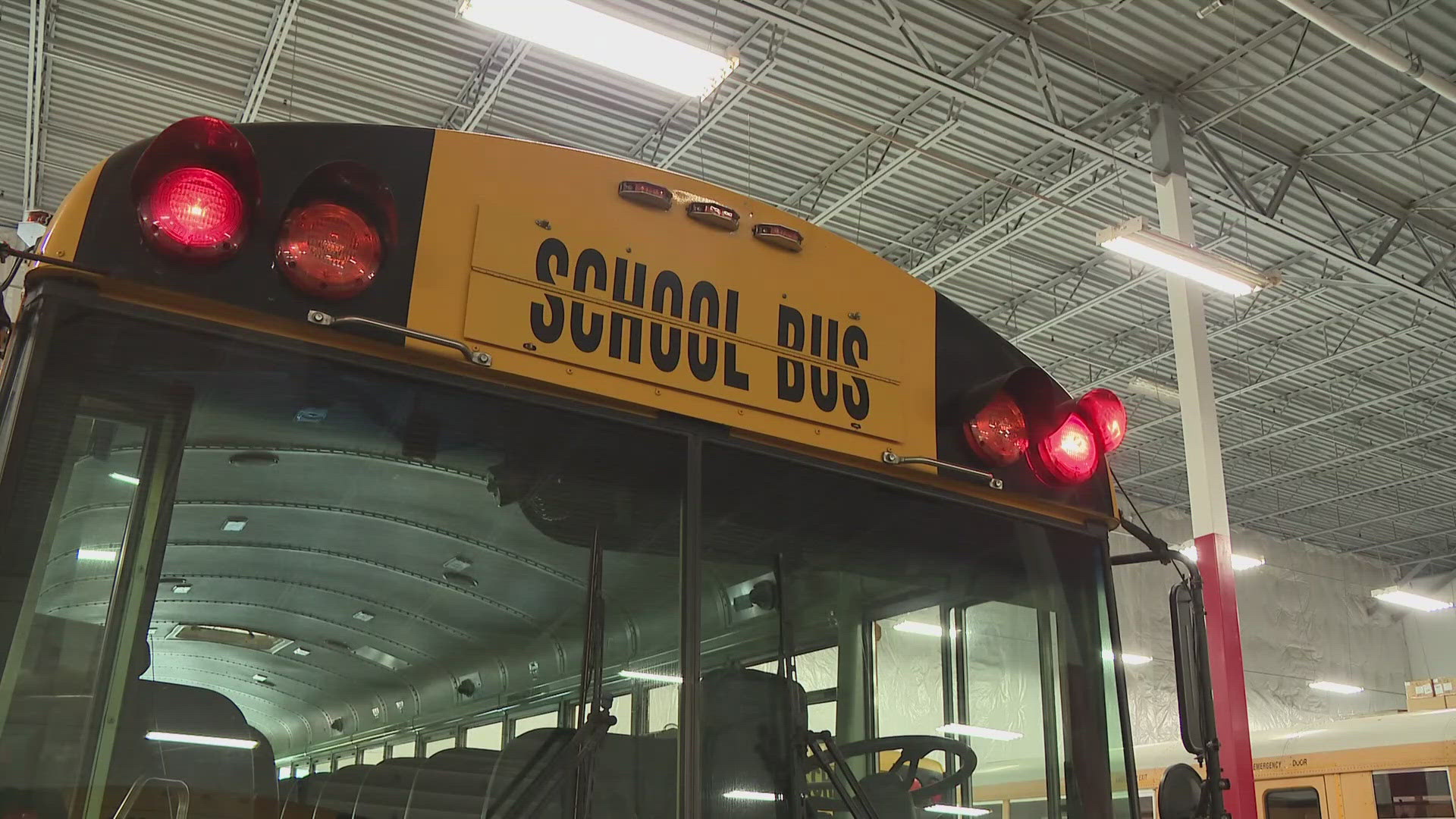I shot a man this afternoon. In a white-walled conference room with the blinds drawn and the lights off, I pointed my Glock-22 at him and pulled the trigger twice. He fell to the ground, dead, in front of me, and I knew I had made a mistake.
The man I killed wasn’t real. He was an actor in a police training simulation. He played a bad guy. Or at least I think he did. He pointed a gun at me, a police officer in the simulation, and I panicked and shot him. I didn’t order him to drop it. I didn’t wait. I just shot.
I had failed my first test, and my hand was shaking as I holstered my modified Glock; now a glorified laser pointer.
The man I killed was the first person I encountered in about an hour I spent in the simulation, guided by former Fairfax County use of force instructor Bryan Patterson. These days, Patterson works for the Law Enforcement Legal Defense Fund, based in Alexandria. Occasionally he puts reporters like me through a class and simulation so we can get a sense of what officers experience when they decide to pull the trigger and use deadly force.
The decision isn’t easy - if you can even call it a decision.
“We’re worried about all these different thoughts and we have to make a decision in a split second whether or not to take human life or not,” Patterson explained after briefing me on the laws, regulations and skills officers are drilled on in training. “We realize how serious a decision it is. And the officers also realize that if they are unable to make that decision it could be their life that’s lost.”
Patterson said 99 percent of officers will never fire their service weapons anywhere but the range. None want to have to use them, ever.
In the course of my hour in the simulation I killed several more people – including active shooters in a school and in a deli. As a child of the 80’s and 90’s I’ve been playing shooting video games my whole life. This felt different. It felt draining.
After every exercise, Patterson quizzed me on how I responded to the images on screen: Why did I shoot or not shoot? What did I say? Was there an opportunity to de-escalate the situation? By the end of the exercise I was more confident. But even when clearly justified, I never felt better about making that impossible choice and pulling the trigger.


